Home>Garden Essentials>The Term “Jardin Anglais” Was Inspired By What Period Of English Garden Design?
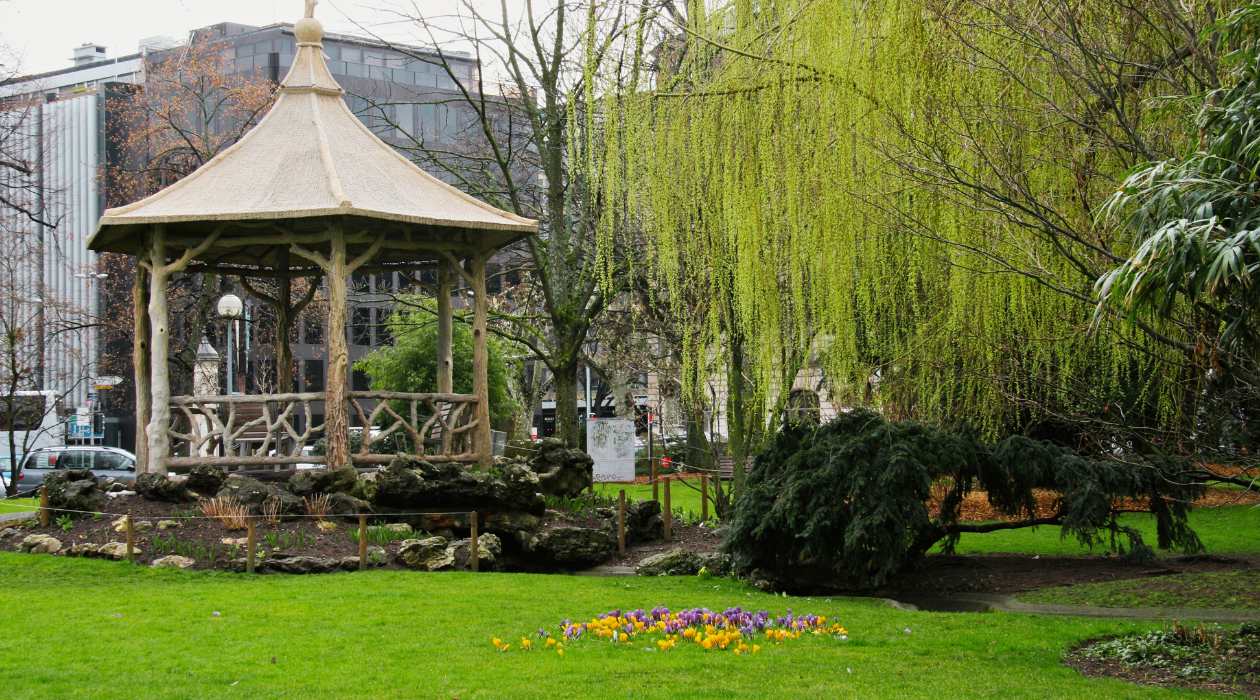

Garden Essentials
The Term “Jardin Anglais” Was Inspired By What Period Of English Garden Design?
Modified: August 29, 2024
Discover the rich history of English garden design that inspired the term "Jardin Anglais". Explore the influences of this garden period and its impact on contemporary gardening practices.
(Many of the links in this article redirect to a specific reviewed product. Your purchase of these products through affiliate links helps to generate commission for Storables.com, at no extra cost. Learn more)
Introduction
Welcome to the world of gardens! Gardens have long been cherished as spaces of beauty, tranquility, and rejuvenation. They hold immense cultural significance and offer a splendid canvas for human creativity. One particular style that stands out in garden design is the “jardin anglais,” which translates to “English garden” in French. But what exactly does this term mean and what period of English garden design does it refer to?
In this article, we will delve into the fascinating history of “jardin anglais” and explore the period of English garden design that inspired its name. We will also discuss the features and characteristics of this style and how it has influenced and adapted in various contexts.
So, let’s embark on a journey through time and explore the enchanting world of the “jardin anglais” and its roots in English garden design.
Key Takeaways:
- The “jardin anglais” style of garden design was inspired by the naturalistic and picturesque English landscape gardens of the 18th century, emphasizing relaxed layouts and native plantings.
- The influence of the “jardin anglais” style has spread worldwide, shaping gardens in Europe, America, and even inspiring modern interpretations with sustainable and urban adaptations.
Definition of Jardin Anglais
The term “jardin anglais” refers to the French interpretation of the English garden style. It is a term commonly used in the realm of garden design and landscaping to describe a specific type of garden that takes inspiration from the natural landscape and informal compositions.
A jardin anglais is characterized by its relaxed and casual layout, contrasting with the more formal and structured designs of other garden styles. It aims to create a harmonious blend between architecture and nature, showcasing an organic and seamless integration of elements.
In a jardin anglais, you won’t find strict geometric shapes or symmetrical patterns. Instead, you’ll encounter winding pathways, meandering streams, and clusters of trees and shrubs that mimic the untamed beauty of the English countryside. The overall atmosphere is one of serenity and effortless charm.
This style of garden design became particularly popular during the 18th and 19th centuries, as a reaction against the formal gardens of the French and Italian traditions. English garden enthusiasts sought to create a more naturalistic and picturesque look, emphasizing the beauty of native plants and the overall harmony of the landscape.
As the name suggests, the jardin anglais captures the essence of the English countryside, with its rolling hills, picturesque meadows, and tranquil water features. It is a celebration of nature’s organic beauty and a tribute to the artistry of landscape design.
Now that we have a clear understanding of what a jardin anglais entails, let’s explore the period of English garden design that inspired the birth of this enchanting style.
Overview of English Garden Design
English garden design has a rich and storied history, tracing back to the 18th century. Often referred to as the “English landscape garden,” this style took inspiration from the natural English countryside and sought to create a more relaxed and informal approach to garden design.
One of the key proponents of the English garden design movement was Lancelot “Capability” Brown, an influential landscape architect of the 18th century. Brown believed in creating landscapes that appeared as if they were completely untouched by human intervention, emphasizing their natural beauty and essence.
English garden design is characterized by its gentle rolling hills, large expanses of lawn, and informal plant arrangements. The goal is to create a sense of spaciousness and freedom, with the landscape unfolding in a seemingly infinite and harmonious way.
The layout of an English garden often includes winding pathways, picturesque lakes or ponds, and strategically placed focal points such as gazebos or follies. The architecture of the garden is designed to blend seamlessly with the natural surroundings, creating a sense of unity between human and nature.
Native plants and flowers are a key feature of English gardens, with an emphasis on creating a diverse and vibrant plant palette. The goal is to mimic the beauty of the English countryside, with its wildflower meadows, colorful blooms, and varied textures.
English garden design also embraces the concept of “garden rooms,” where different areas of the garden are designated for specific purposes or themes. These garden rooms can be used for meditation, entertaining, or simply as spaces for quiet contemplation.
The style of English garden design became highly influential during the 18th and 19th centuries, spreading beyond the shores of England and inspiring garden enthusiasts around the world. Its emphasis on natural beauty, informal compositions, and seamless integration with the surrounding landscape has made it a timeless and cherished style of garden design.
With this understanding of the fundamentals of English garden design, we can now explore the specific period of this design movement that inspired the birth of the “jardin anglais” style.
The Period of English Garden Design that Inspired the Term “Jardin Anglais”
The term “jardin anglais” was inspired by the period of English garden design that emerged during the 18th century. This era is often referred to as the “English landscape garden” movement, and it marked a significant departure from the formal and structured gardens that preceded it.
During this period, influential landscape architects like Lancelot “Capability” Brown and William Kent helped shape the English garden design into what it is known as today. They sought to create gardens that showcased the beauty of the natural landscape, reflecting the romantic ideals of the time.
One of the key principles of this period of English garden design was the idea of “naturalistic planting.” Instead of meticulously planned and manicured gardens, landscape architects began to favor a more relaxed and informal approach. They aimed to recreate the picturesque scenes of the English countryside, with its meandering rivers, rolling hills, and dense woodlands.
The English landscape garden movement also emphasized the concept of “borrowed scenery,” where the garden design takes into account the surrounding landscape. This creates a seamless transition between the garden and its natural surroundings, enhancing the overall aesthetic and sense of harmony.
The gardens of this period were designed to be experienced on a leisurely stroll, with winding pathways that revealed new vistas and surprises along the way. Follies, carefully placed architectural structures like pavilions or temples, added a touch of whimsy and served as focal points within the landscape.
This period of English garden design was instrumental in shaping the concept of the “jardin anglais” in France. The French were captivated by the beauty and naturalistic approach of the English gardens, and they sought to recreate a similar style within their own landscape tradition.
Hence, the term “jardin anglais” was born, describing a French interpretation of the English garden style. It captured the essence of the relaxed, naturalistic, and picturesque design elements that characterized the gardens of 18th-century England.
Today, the “jardin anglais” style continues to inspire garden enthusiasts worldwide, serving as a testament to the enduring influence of this period of English garden design.
Now that we have explored the historical context of the “jardin anglais,” let’s delve into the specific features and characteristics that define this style.
The term “Jardin Anglais” was inspired by the English Landscape Garden design period, which was popular in the 18th century. This style emphasized naturalistic, informal layouts with winding paths, lakes, and picturesque views.
Features and Characteristics of the Jardin Anglais
The jardin anglais style, inspired by the English landscape garden movement of the 18th century, is characterized by several distinct features and characteristics. These elements combine to create a unique and enchanting atmosphere that sets the jardin anglais apart from other garden styles.
1. Informal Layout: The jardin anglais embraces a relaxed and informal layout, in contrast to the formal and symmetrical designs of other garden styles. Paths meander through the garden, mimicking the natural flow and curves of the landscape. This layout encourages exploration and invites visitors to discover hidden corners and delightful surprises along the way.
2. Naturalistic Plantings: Native plants and flowers play a significant role in the jardin anglais. The emphasis is on creating a naturalistic planting scheme that resembles the untamed beauty of the English countryside. Native trees, shrubs, and wildflowers are meticulously selected and arranged to mimic the organic patterns found in nature.
3. Water Features: Water is a vital element in the jardin anglais, often represented by meandering streams, serene ponds, or gently cascading waterfalls. These water features not only add visual interest but also contribute to the overall sense of tranquility and harmony within the garden.
4. Focal Points: The jardin anglais incorporates strategically placed focal points to draw the eye and create visual interest. These focal points can include architectural elements like gazebos, follies, or rustic bridges, which add a touch of elegance and whimsy to the landscape.
5. Variety of Textures: The jardin anglais is known for its diversity of textures. Lush lawns, herbaceous borders, and carefully crafted rockeries create a tapestry of different foliage types and colors. This interplay of textures adds depth and visual richness to the garden, delighting the senses of sight and touch.
6. Seasonal Interest: A jardin anglais is designed to showcase the beauty of each season. From the delicate blossoms of spring to the vibrant colors of autumn, the garden evolves throughout the year, providing ever-changing displays of seasonal interest and capturing the essence of the passing seasons.
7. Integration with Surrounding Landscape: Like its English garden predecessors, the jardin anglais aims to seamlessly integrate with the surrounding landscape. It takes into account the natural topography, existing vegetation, and borrowed scenery, creating a harmonious relationship between the garden and its environment.
The features and characteristics of the jardin anglais come together to create an enchanting and serene oasis. It offers a respite from the formalities of everyday life, inviting visitors to immerse themselves in the beauty of nature and find solace in its tranquil embrace.
Now that we have explored the features and characteristics of the jardin anglais, let’s examine its influence and adaptations in different contexts.
Read more: How To Design A Japanese-Inspired Garden
Influences and Adaptations of the Jardin Anglais Style
The jardin anglais style, with its naturalistic and picturesque design principles, has left a lasting impact on garden design around the world. Its influence can be seen in various adaptations and interpretations that have emerged over the years. Let’s explore some of the notable influences and adaptations of the jardin anglais style.
1. European Gardens: The jardin anglais style quickly spread beyond the shores of England and influenced garden design across Europe. French landscapers, inspired by the English landscape garden movement, sought to recreate the picturesque and naturalistic designs in their own country. This resulted in the creation of French gardens with jardin anglais elements, combining the traditions of both styles.
2. American Gardens: The jardin anglais style also found its way to America, where it merged with local horticultural traditions to create a distinct interpretation. American gardens embraced the informal layout and naturalistic plantings, often incorporating native plants and local landscape features. Notable examples include Central Park in New York City, which reflects the influence of the jardin anglais in its design.
3. Japanese Gardens: The jardin anglais style had a profound impact on the development of Japanese gardens. During the Meiji Restoration period in the late 19th century, Japan opened up to the West and embraced Western influences, including garden design. The naturalistic approach and emphasis on borrowed scenery of the jardin anglais style resonated with Japanese aesthetics and principles of landscape design, resulting in the creation of stunning Japanese gardens that incorporate elements of both traditions.
4. Modern Interpretations: The jardin anglais style continues to inspire contemporary garden designers and landscape architects. Modern interpretations of this style often blend traditional elements with a more minimalist and sustainable approach. The focus is on creating gardens that are in harmony with their natural surroundings, using native and low-maintenance plants, and incorporating eco-friendly design principles.
5. Urban Gardens: The jardin anglais style has also found adaptation in urban settings. Rooftop gardens, community parks, and small-scale urban oases often draw inspiration from the informal layout and naturalistic plantings of the jardin anglais. These urban adaptations provide much-needed green spaces in densely populated areas, giving city dwellers a taste of the tranquility and beauty associated with this garden style.
Overall, the jardin anglais style has had a profound influence on garden design worldwide. Its impact can be seen in a wide range of adaptations and interpretations, blending with local traditions and evolving to meet the needs and aesthetic preferences of different cultures and eras.
As we conclude our exploration of the jardin anglais, we are reminded of the enduring beauty and timeless appeal of this garden style. It continues to captivate garden enthusiasts, providing a sanctuary of natural beauty and tranquility in our modern world.
Conclusion
The jardin anglais, inspired by the period of English garden design in the 18th century, has carved a special place in the world of garden styles. Its relaxed and informal layout, naturalistic plantings, and seamless integration with the surrounding landscape have captured the hearts of garden enthusiasts across the globe.
From its origins in England, the jardin anglais style has influenced and adapted in various contexts. It has inspired the creation of French gardens with jardin anglais elements, found its way into American landscapes, and even shaped the development of Japanese gardens. Modern interpretations continue to blend traditional elements with sustainable and minimalist design principles, offering a fresh perspective on this timeless style.
The jardin anglais style reminds us of the beauty and importance of connecting with nature. It invites us to immerse ourselves in the serenity of winding pathways, the tranquility of water features, and the ever-changing tapestry of seasonal plants. This style of garden design creates a harmonious sanctuary where we can escape from the rigors of daily life and find solace in the beauty of the natural world.
As we continue to appreciate and draw inspiration from the jardin anglais, let us also remember the rich history and cultural significance that surround garden design. Gardens are not only spaces of beauty but also expressions of human creativity and our deep connection with nature.
So, whether you’re strolling along a picturesque path in an English garden, admiring the borrowed scenery in a Japanese garden, or finding tranquility in an urban oasis, take a moment to appreciate the influence and enduring charm of the jardin anglais style in all its adaptations.
May the jardin anglais continue to inspire us to cultivate our own gardens, both in the physical sense and in the metaphorical sense of cultivating beauty, harmony, and peace in our lives.
As we conclude our exploration of the jardin anglais, let its legacy remind us of the timeless allure and transformative power of gardens.
Frequently Asked Questions about The Term "Jardin Anglais" Was Inspired By What Period Of English Garden Design?
Was this page helpful?
At Storables.com, we guarantee accurate and reliable information. Our content, validated by Expert Board Contributors, is crafted following stringent Editorial Policies. We're committed to providing you with well-researched, expert-backed insights for all your informational needs.


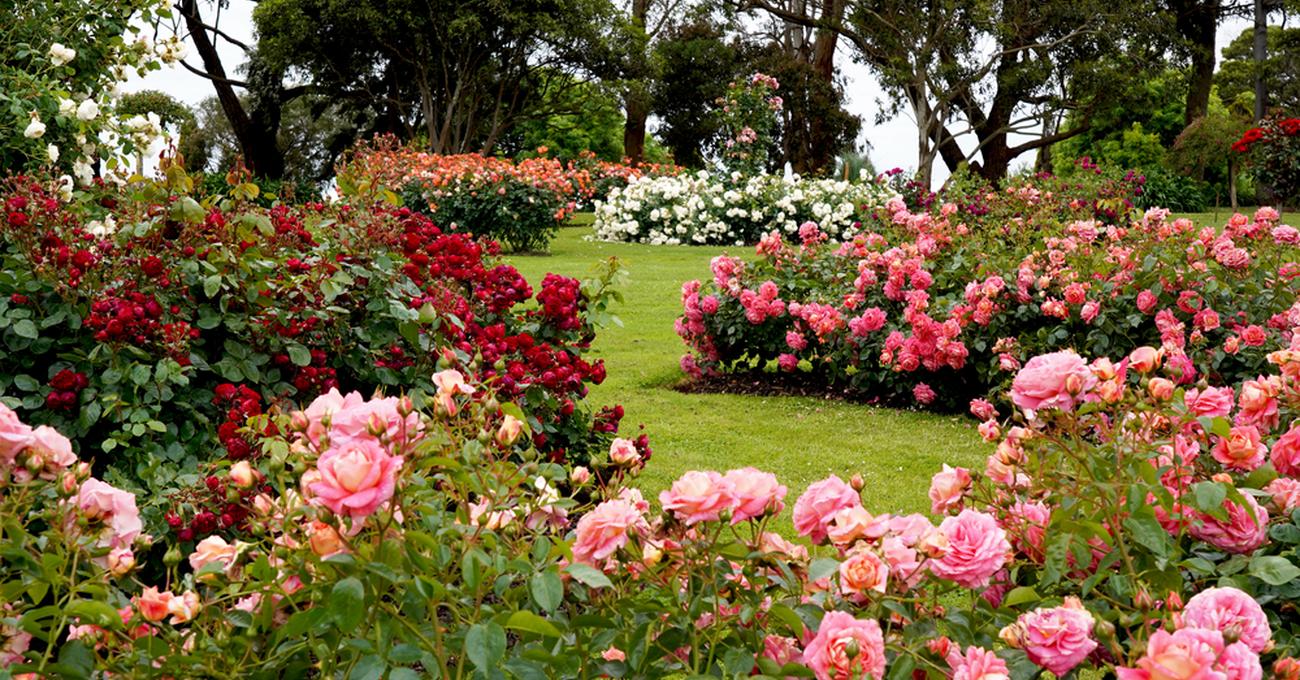
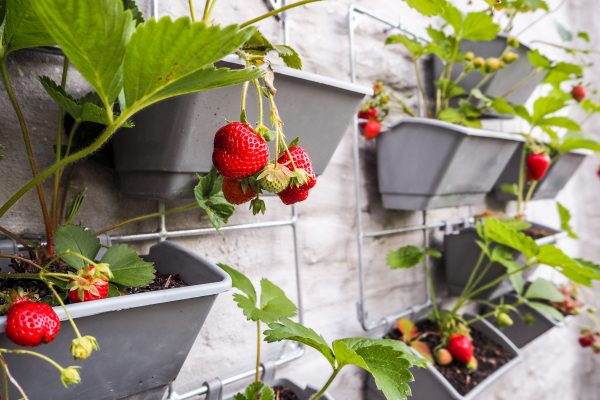
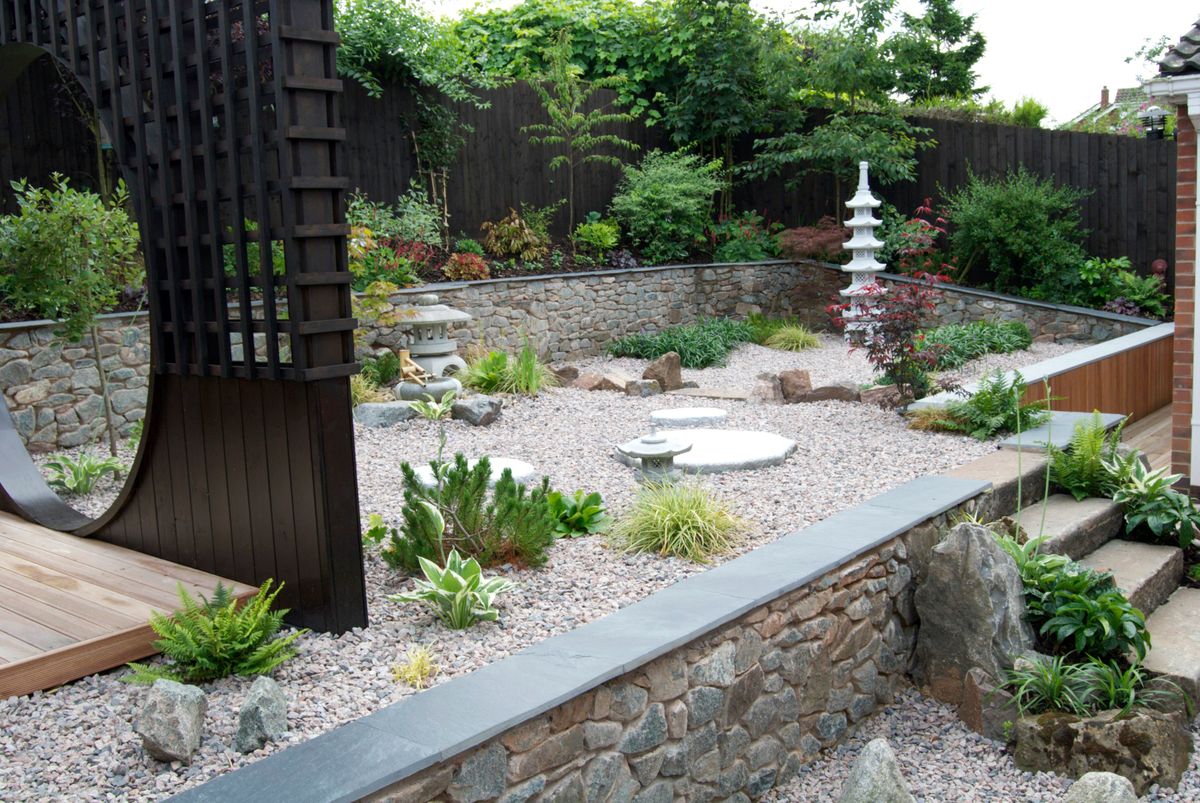



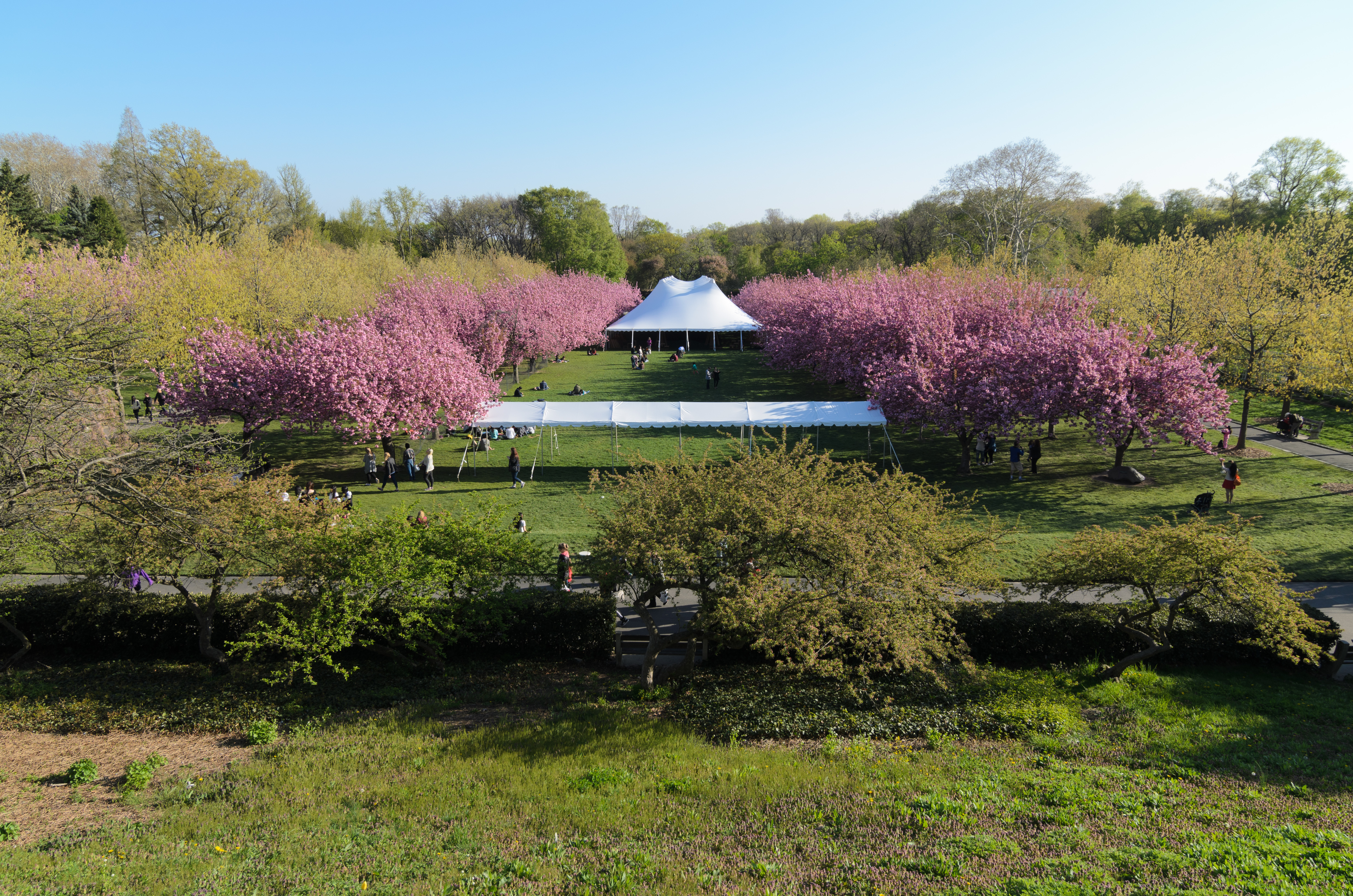
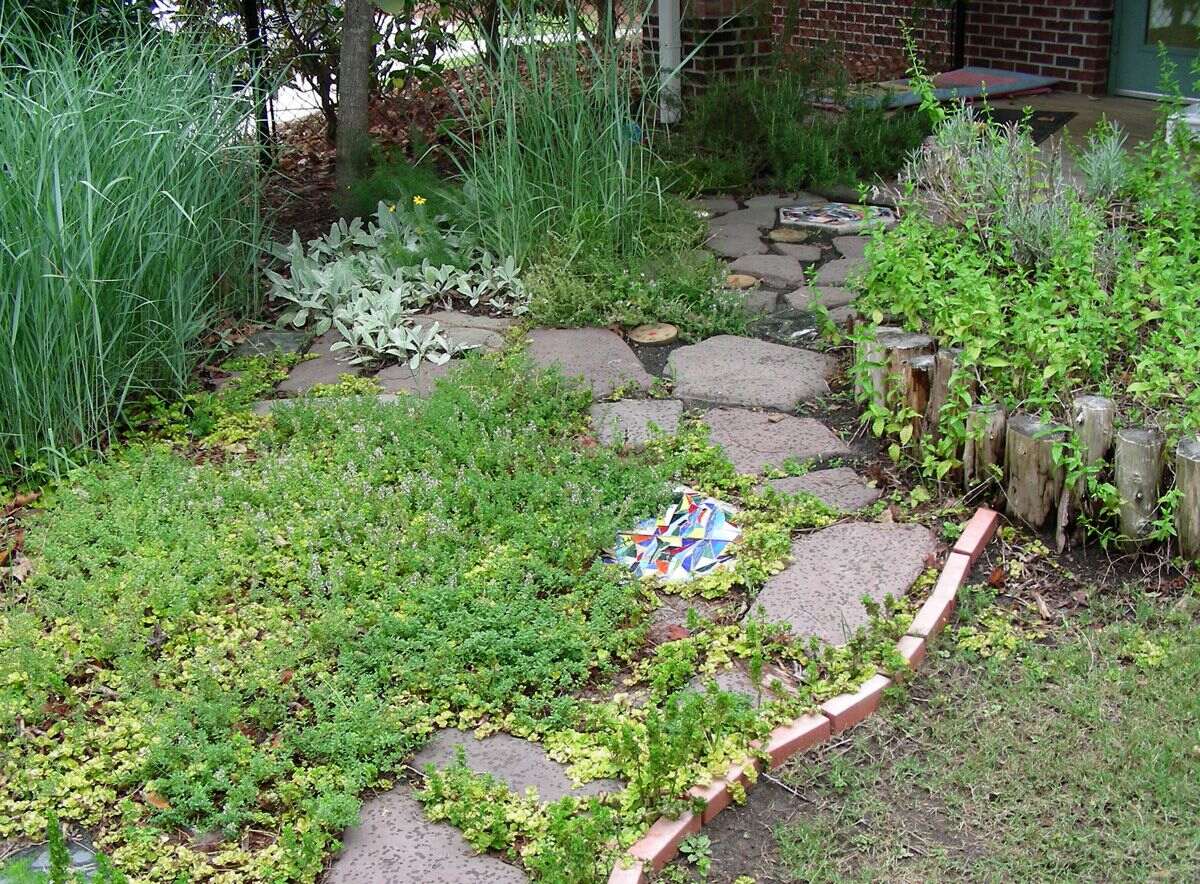
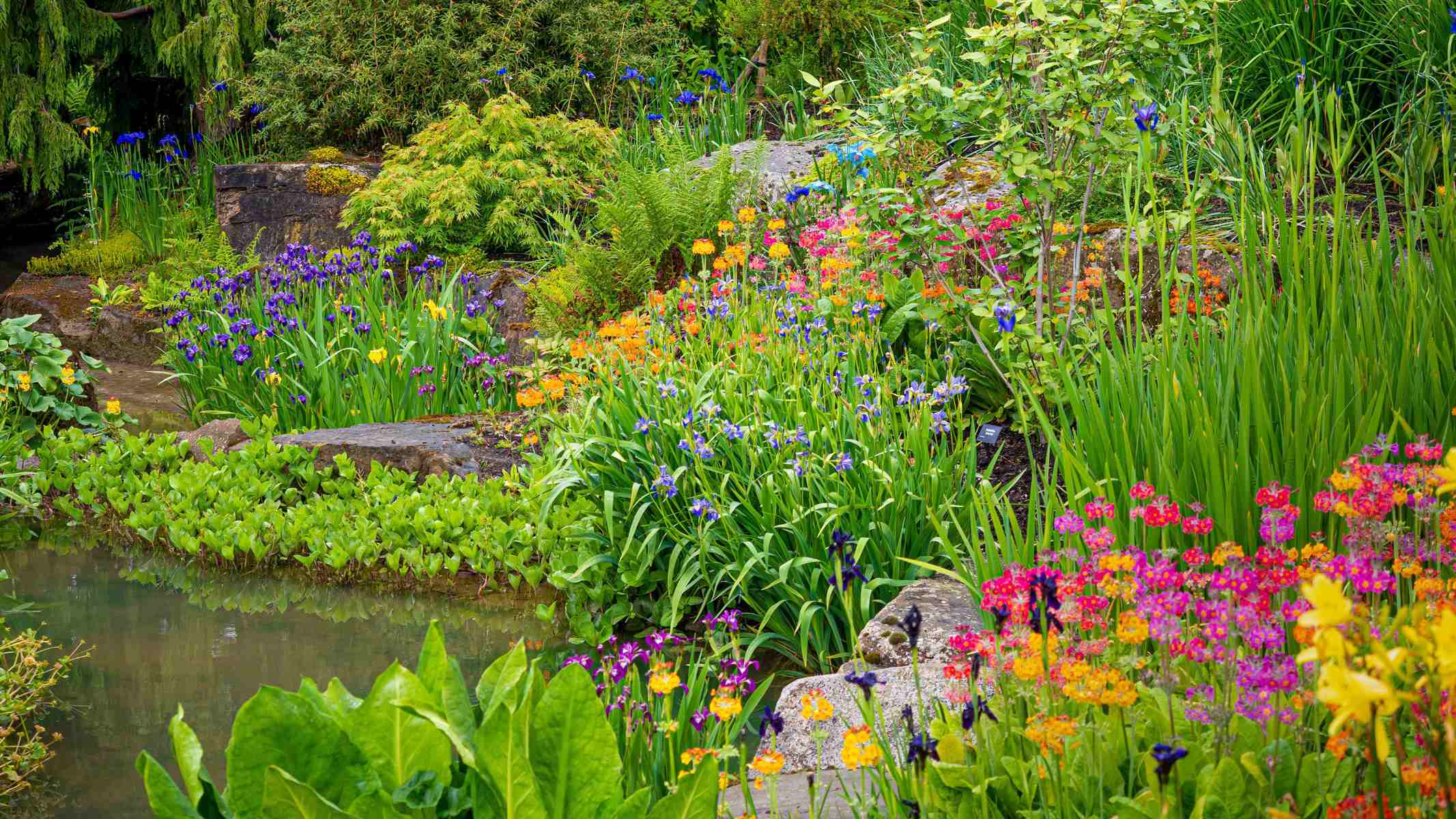
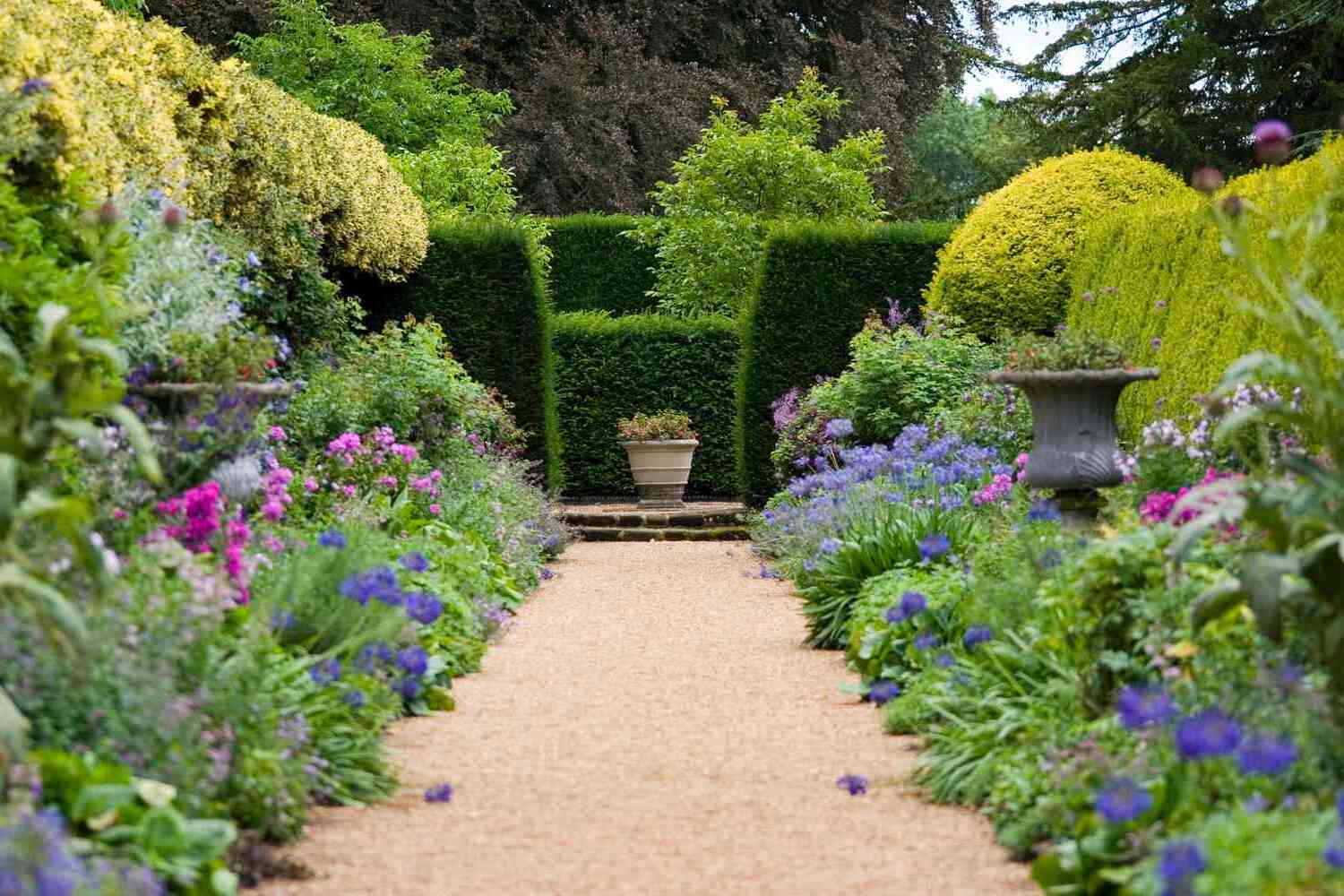
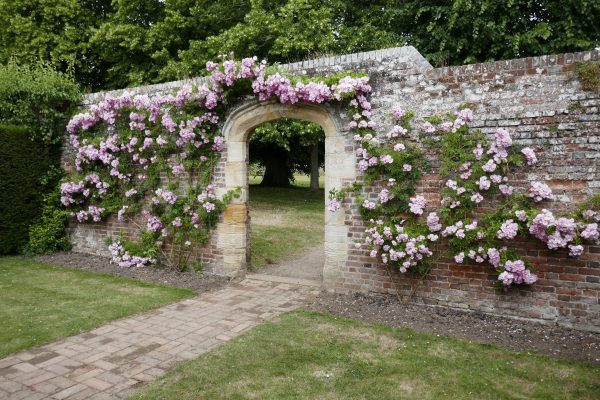
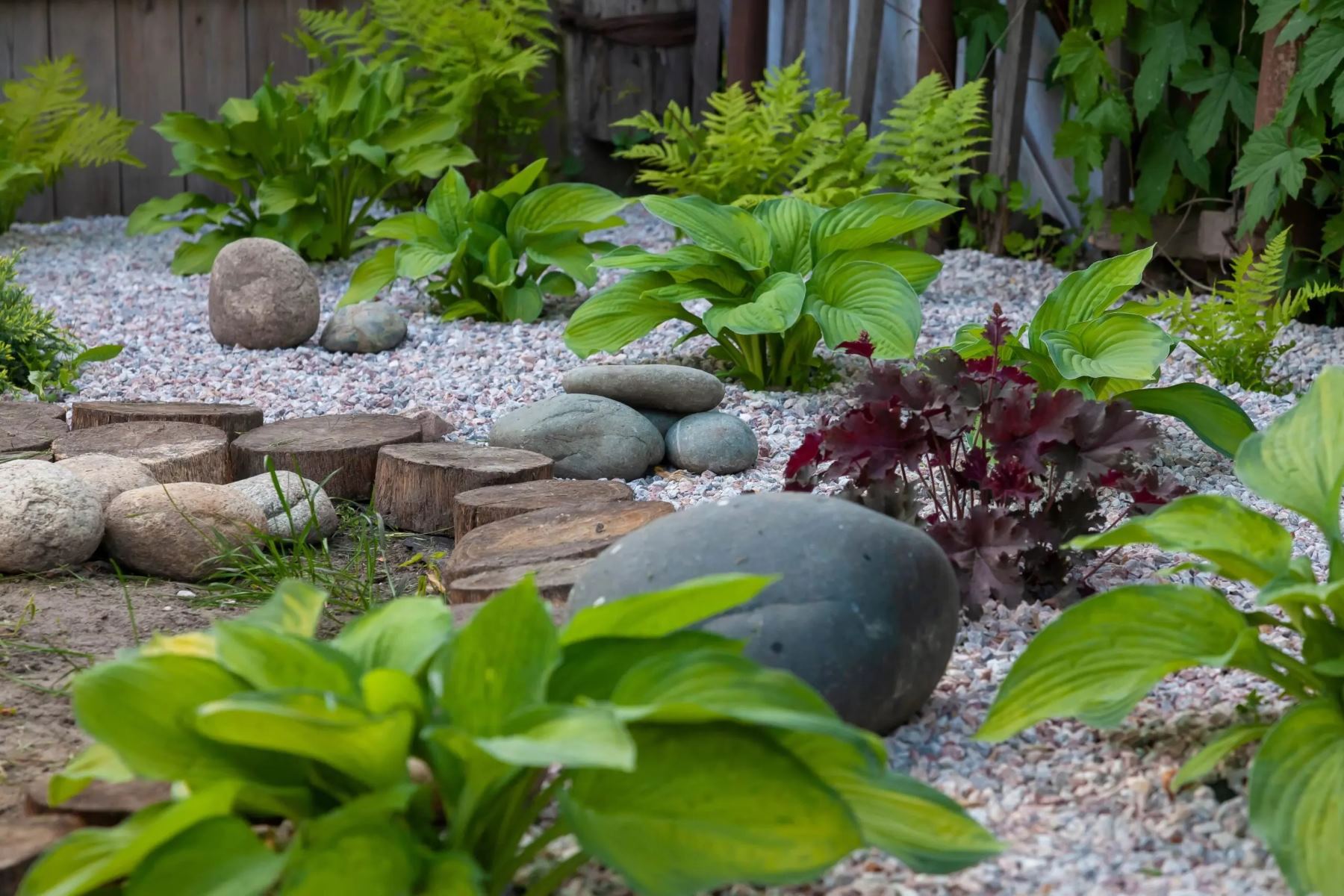

0 thoughts on “The Term “Jardin Anglais” Was Inspired By What Period Of English Garden Design?”